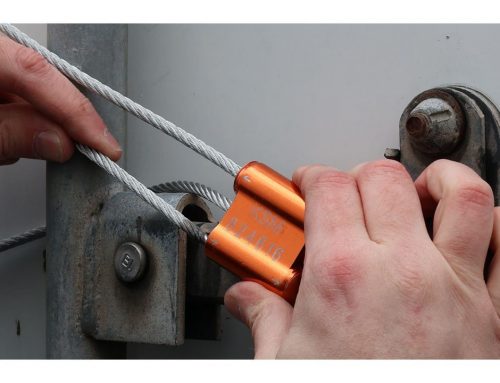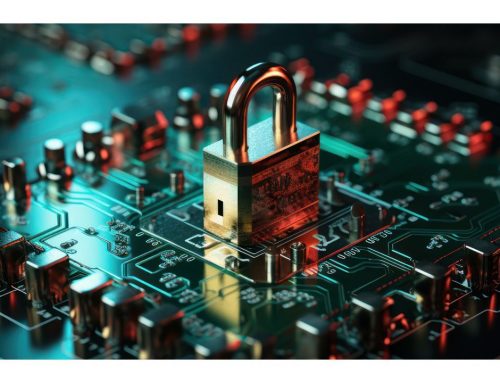A Guide to Choosing the Right Tamper-Evident Labels
A Guide to Choosing the Right Tamper-Evident Labels
Security is paramount in an era where counterfeiting, tampering, and security breaches pose significant threats to businesses and consumers alike. Protection from these threats has become increasingly vital. Kasie Brill, former Executive Director U.S. Chamber of Commerce, estimates counterfeit products cost the global economy more than $500 billion yearly.
Tamper-evident labels play a critical role in various industries, from healthcare and electronics to logistics and food services. Their fundamental purpose is to provide a clear indication if a product or package has been tampered with, adding an extra layer of security and peace of mind for both the seller and the buyer.
Understanding Tamper-Evident Labels
Tamper-evident labels are designed to show visible signs of interference, thus protecting the authenticity and integrity of the products. When removed, these labels reveal a distinct pattern or message, indicating that the product may have been compromised.
There are several types of tamper-evident labels, including frangible, high-residue, non-residue, and low-residue labels, each designed for specific applications. The choice of label can greatly influence the level of security and the convenience of use. A clear understanding of these labels is key to ensuring that your product, whether it be a sensitive medical device, a high-value consumer product, or a critical shipment, has the appropriate level of protection.
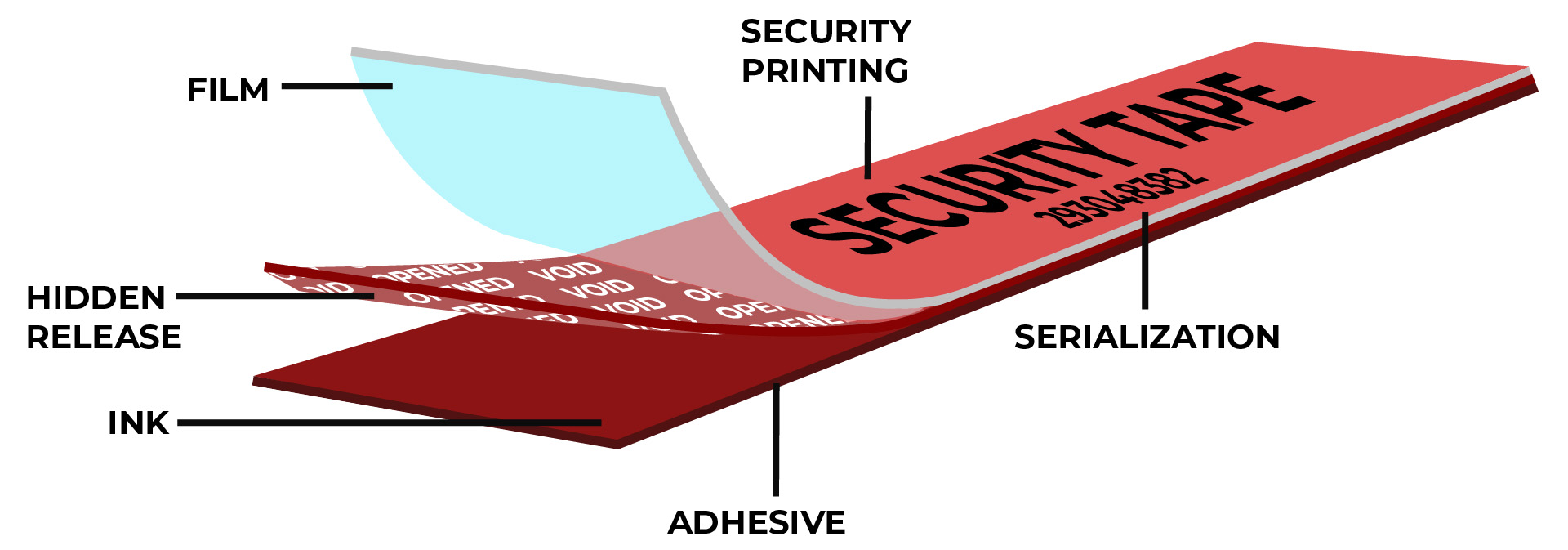
In the coming sections, we will delve deeper into each type of tamper-evident label, discussing their typical uses and benefits. Our goal is to help you make an informed decision about the right label for your specific needs, contributing to a safer, more secure world.
Frangible Labels
Frangible, coming from the Latin word “frangere” meaning to break, refers to materials that break apart easily.before and after tampering a frangible label In the context of tamper-evident labels, these are designed to break or tear when someone attempts to remove them, providing a clear and immediate indication of tampering.
Frangible labels are made from materials like vinyl or other similarly fragile substances. The core feature of these labels is that they cannot be removed in one piece. Instead, they will fragment or break apart, making it almost impossible to reapply or reseal the label without leaving obvious signs of tampering.
Frangible labels are ideal for sealing equipment casings or medicine bottles, where unauthorized access to the interior should be immediately noticeable.
However, like all other types of tamper-evident labels, frangible labels have their considerations. They may not be suitable for surfaces where a clean removal is necessary as they may leave parts of label behind.
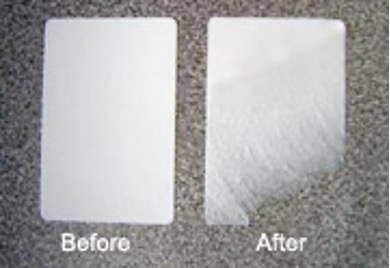
High-Residue Labels
High-residue labels are a popular choice among those seeking a clear, visible sign of tampering. These labels work by leaving behind a substantial “residue” or pattern on the surface when the label is removed. This residue is often the word “VOID” or “OPENED” in order to clearly indicate the product or package has been unsealed.
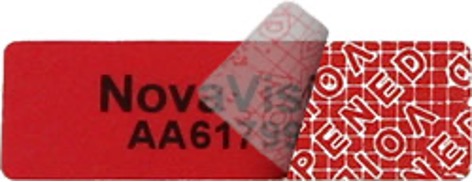
These labels are commonly used on disposable materials, such as cardboard boxes used in shipping. This is due to their strong adhesive property, which allows them to securely bond with the surface. Upon removal, the leftover high residue acts as a clear tamper-evident feature. This is especially useful in situations where a strong visual deterrent is required.
However, these labels may not be suitable for all applications. For example, high-residue labels can leave behind a sticky residue that may be difficult to remove completely, making them less ideal for reusable items or surfaces that need to remain clean, such as gas station terminals, reusable totes, or computer equipment.
Low-Residue Labels
Striking a balance between high-residue and non-residue labels are the low-residue labels. When removed, these labels leave behind a minimal, easily cleanable residue. This provides a tamper-evident feature while ensuring the underlying surface isn’t excessively sticky or visually marred.

Low-residue labels are often chosen for consumer packaging, where the product needs a certain level of tamper evidence, but without the residue that can diminish the product’s aesthetic appeal. They can be particularly useful for packaging in industries like cosmetics, electronics, or retail, where maintaining the pristine appearance of the product and its packaging is of utmost importance.
Non-Residue Labels
On the other hand, non-residue labels are designed to leave no residue behind when they’re peeled off. Despite the absence of physical residue, these labels still provide a clear indication of tampering. When removed, a non-residue label reveals a hidden message or pattern, such as “VOID” or “OPENED,” on the label itself, while the surface stays clean.
This type of label is particularly useful for items that will be reused or need to maintain their aesthetics, such as reusable containers or electronic devices. For example, they’re a good choice for covering the USB ports on computers to prevent unauthorized data transfer, as they can be removed without leaving any sticky residue. Non-residue labels are also typically used on gas station terminals. Scammers will attempt to install gas station skimmers to steal customer information, however, non-residue labels can indicate if a terminal has been opened by an unauthorized user.
One of the most secure non-residue labels is Secure-ID. These labels are crafted through a proprietary process utilizing specialized machinery, rendering them virtually impossible to counterfeit. As such, Secure-ID labels assure an elevated level of security, establishing them as a top-tier choice in scenarios that necessitate both a powerful security measure and an uncomplicated, residue-free removal. Secure-ID labels are often used in aviation, government, and other applications where security is critical.
Making the Right Choice: Factors to Consider
Selecting the right tamper-evident label is vital to ensuring your product or package’s security and integrity. Several factors should be considered in making this decision.
First, consider the intended use of the label. As we’ve discussed, high-residue labels are ideal for disposable materials, non-residue labels for reusable items or when cleanliness is required, and low-residue labels are typically used for consumer packaging where both tamper evidence and visual appeal are important.
The type of material on which the label will be applied is another critical factor. Some adhesives may not bond well with certain materials, affecting the label’s performance. High-residue labels may work better on rough surfaces where the adhesive can better fill in the surface’s deviations.
Learn More from an Expert
To learn more about tamper-evident labels visit our website or call one of our security experts for a free consultation on what type of label is right for you.

